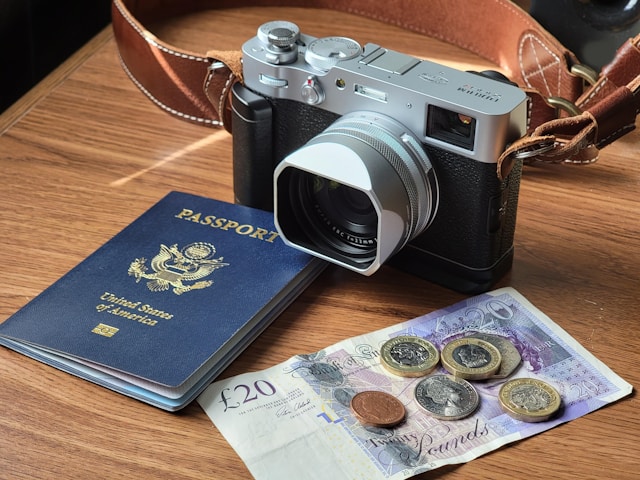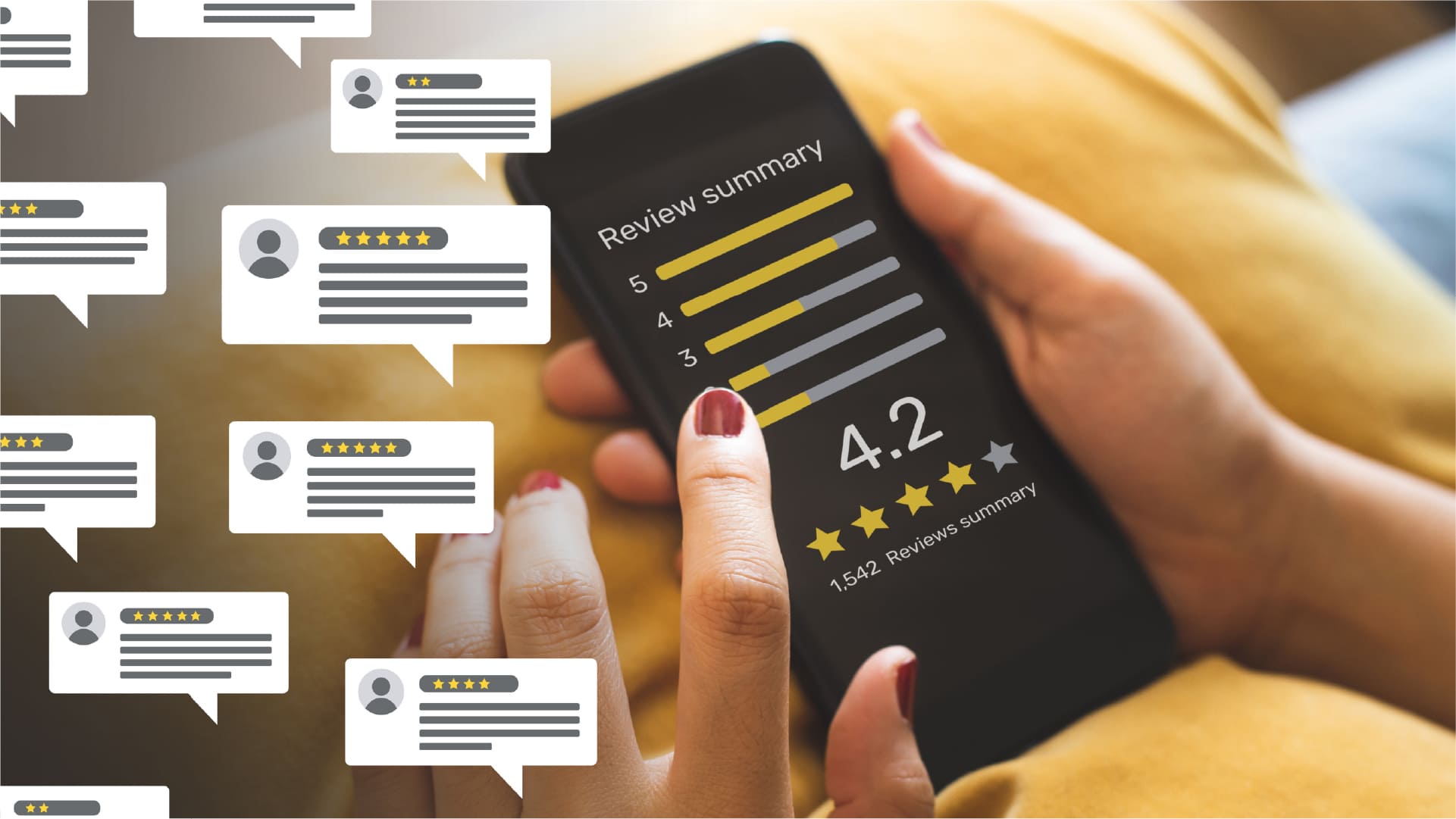Discover how your playlist can boost happiness, relieve stress, and sharpen focus.
🎵 Introduction: More Than Just a Soundtrack
Ever wondered why a sad song can make you cry—or a fast beat gets you dancing instantly? Music isn’t just background noise. It’s a powerful emotional tool that affects our thoughts, mood, and even our physical health.
In 2025, with more people turning to streaming apps like Spotify, Apple Music, and YouTube Music for well-being and mood enhancement, the connection between music and mental health has never been stronger. 🌍🎧
In this blog, we explore:
✅ How music influences mood and brain chemistry
✅ Genre-specific effects (rock vs classical vs lo-fi)
✅ How playlists can be therapeutic
✅ Global music trends and emotional resonance
✅ EEAT elements that build trust in music therapy
Let’s tune in to the science behind your favorite songs. 🎼💚
🧠 Music & The Brain: What Happens When You Hit Play?
When you listen to music, your brain doesn’t just hear it—it reacts to it. Here’s what happens biologically:
🎶 Neurochemical Reactions:
-
Dopamine: Released during moments of musical “chills” or excitement
-
Serotonin: Increases with uplifting melodies and harmonies
-
Oxytocin: Stimulated during music that evokes love, nostalgia, or connection
-
Cortisol: Decreases with calming or meditative tracks
Music is one of the few activities that activates the entire brain—from memory and emotion to motor function and language. 🧠🔥
“Music is to the brain what exercise is to the body.” – Harvard Health Publishing
🌈 Different Genres, Different Effects
Not all music affects us the same way. Let’s break it down by genre and emotional impact:
| 🎼 Genre | 💥 Mood Effect | 🧠 Best Use For |
|---|---|---|
| 🎻 Classical | Calms the nervous system 🧘♂️ | Focus, study, stress relief |
| 🎸 Rock | Boosts adrenaline and energy ⚡ | Motivation, workout, confidence |
| 🎹 Jazz | Enhances creativity and calm 🎷 | Brainstorming, wine nights, reflection |
| 🎵 Pop | Elevates mood and dopamine 😄 | Road trips, parties, daily routines |
| 💿 Lo-fi | Reduces anxiety, improves focus ☁️ | Work, reading, meditation |
| 🎤 Hip-Hop | Builds confidence, resilience 💪 | Empowerment, expression, workouts |
| 🌍 World Music | Enhances cultural connection 🌐 | Meditation, travel, learning |
🎯 Tip: Use genre tags to curate your mood playlists effectively on streaming platforms.
📱 The Rise of Mood-Based Playlists in 2025
Streaming services now focus heavily on “mood marketing”:
-
Spotify has over 300+ mood playlists: Chill Vibes, Deep Focus, Happy Hits
-
Apple Music offers therapy-aligned curation (e.g., Music for Anxiety Relief)
-
YouTube Music recommends based on time of day and emotional cues
Why?
Because users want emotional resonance, not just random tracks. This aligns with modern EEAT standards: content that is relevant, personalized, and trustworthy.
🧘♀️ Music as Therapy: Healing with Harmony
Music therapy is now an established field with measurable impact on:
-
🧠 Depression – Uplifting and relatable lyrics reduce loneliness
-
💔 Trauma – Reprocessing pain through lyric writing and listening
-
🛌 Insomnia – Calming tracks (60–80 bpm) help with sleep
-
🚶♀️ Parkinson’s disease – Rhythmic cues improve movement and motor coordination
-
🧒 Autism – Music enhances communication and sensory regulation
Hospitals, therapists, and even schools now incorporate personalized music therapy plans.
🎵 Real Example: Nordoff-Robbins Music Therapy helps children with learning challenges communicate through song.
🌍 Music Across Cultures: Global Emotional Connection
No matter where you’re from, music moves us all.
-
🎤 Latin America: Salsa, reggaetón, and cumbia for joy and social energy
-
🎼 India: Ragas in classical music that evoke specific feelings (e.g., morning calm, monsoon sadness)
-
🥁 Africa: Drumming circles for unity, grounding, and cultural storytelling
-
🎶 Korea: K-pop for emotional expression, fan identity, and shared rituals
-
🧘 Tibetan Music: Healing bowls and chants used for meditation and spiritual practice
💡 In 2025, cultural streaming is booming—with users exploring international genres for deeper emotional exploration.
🔬 Research-Backed Benefits of Music for Mood
According to recent research from Stanford, Harvard, and World Health Organization:
-
🎧 78% of people say music improves their productivity
-
😌 65% listen to music to relieve anxiety
-
🧠 90% of stroke patients show cognitive improvement with music therapy
-
❤️ Music releases pro-social hormones, increasing empathy and connection
“Your brain responds to music like it’s food or a drug.” — Neuroscientist Dr. Valorie Salimpoor
✅ EEAT & Music: Building Trust in Sound
In digital wellness, EEAT (Experience, Expertise, Authoritativeness, Trustworthiness) matters. Let’s break it down for music:
🎓 Experience
-
Real user-curated playlists
-
Artist testimonies and song backstories
-
Music created by those with lived emotional experiences
🧠 Expertise
-
Music therapists
-
Neuropsychologists
-
Certified meditation coaches using sound healing
🏆 Authoritativeness
-
Trusted platforms (Spotify, Calm, Insight Timer)
-
Recognized research (Harvard Med, Mayo Clinic)
-
Grammy-nominated therapeutic artists
🤝 Trustworthiness
-
Verified artists and sources
-
Clear, consistent mood-based branding
-
Scientific backing for benefits
🎯 As search engines and social platforms focus on helpful, transparent content, music brands that follow EEAT principles perform better.
💡 How to Use Music to Manage Mood (Tips for Daily Life)
Want to harness the power of music to improve your mental health? Try this:
⏰ Morning
-
☀️ Uplifting tracks (pop, acoustic) to energize your start
-
Playlist: “Wake Up Happy”
💼 Work/Study
-
🧠 Focus-enhancing tunes (lo-fi, classical, ambient)
-
Playlist: “Deep Focus” or “Lo-Fi Beats”
🧘 Meditation & Relaxation
-
🌊 Slow tempo (60 bpm), nature sounds, or Tibetan gongs
-
Playlist: “Calm Vibes” or “Mindful Mornings”
😓 Anxiety/Overwhelm
-
🎻 Instrumentals, sound baths, or jazz
-
Playlist: “Stress Relief”
🌙 Sleep
-
🎼 Soft lullabies, ambient drones, or piano pieces
-
Playlist: “Sleep Sounds” or “Night Rain”
🧡 Remember: Quality > quantity. Trust your emotional reaction.
📱 Apps That Use Music for Mood in 2025
| 📲 App Name | 💡 Feature |
|---|---|
| 🎧 Spotify | AI-based mood detection + wellness hubs |
| 🧘 Calm | Sleep stories, music, and guided meditations |
| 🔊 Endel | Adaptive soundscapes based on your body data |
| 📻 Brain.fm | Neuroscience-backed playlists for productivity |
| 📱 LUCID | Mood journaling + music pairing tool |
🎯 Final Thoughts: Let the Music Move You
In a world of chaos, music brings clarity.
In times of pain, it offers healing.
And when words fail, music speaks. 🎵💬
In 2025 and beyond, your playlist isn’t just entertainment—it’s your emotional ally, your therapist, and your energy booster.
So next time you need a mood lift, skip the caffeine and press play instead.
💬 Join the Conversation!
🎧 What’s your go-to mood playlist?
📲 Do you use music for therapy, sleep, or stress?
💡 Share your favorites and tag us using #MoodByMusic2025—we’ll feature the best on our community page!








Leave a Comment